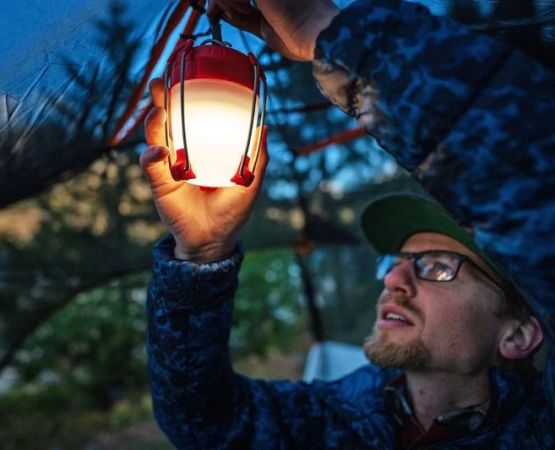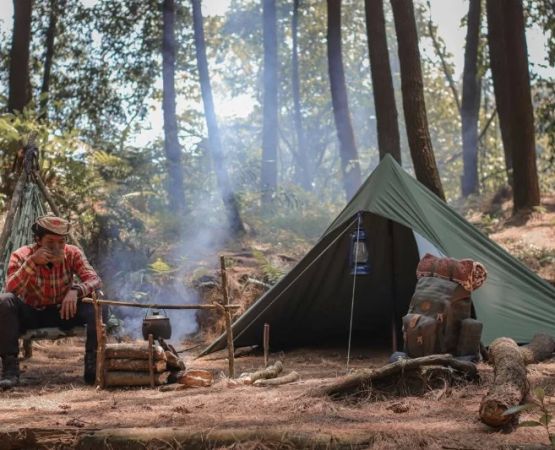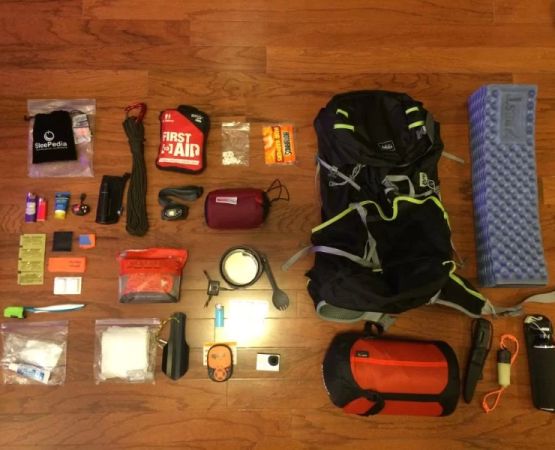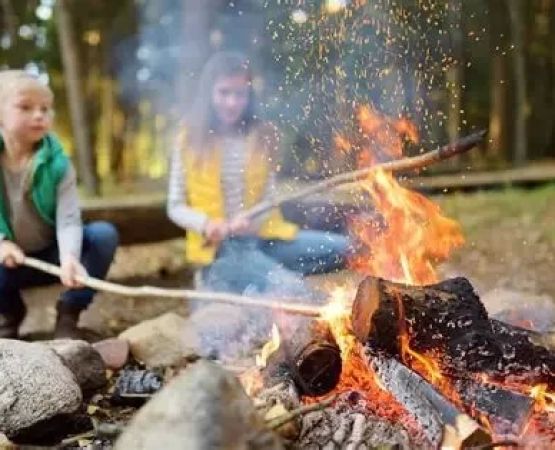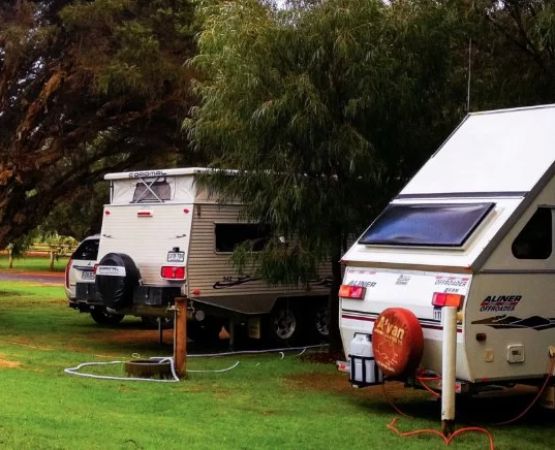- understanding-the-demands-of-high-altitude-backpacking
- layered-clothing-strategies-for-survival-and-comfort
- backpacking-gear-you-cant-afford-to-skip
- real-mountain-experiences-why-proper-gear-saves-lives
- how-to-get-the-best-gear-for-your-next-high-altitude-trip
1. Understanding the Demands of High Altitude Backpacking
Backpacking in the mountains isn’t just about stunning views—it’s about enduring a terrain that challenges every part of your body. The thin air at high elevations means less oxygen, colder nights, stronger UV rays, and rapid weather changes. That’s why essential gear for backpacking in high altitudes must be chosen with survival, comfort, and performance in mind.
If you're used to hiking at lower altitudes, you might be surprised how quickly fatigue sets in above 10,000 feet. It’s a whole different game that demands strategic planning, reliable equipment, and serious respect for nature’s extremes.
2. Layered Clothing Strategies for Survival and Comfort
When it comes to high altitude backpacking equipment, your clothing isn't about fashion—it's your first line of defense. A proper layering system is critical: moisture-wicking base layers, insulating mid-layers (think merino or down), and waterproof outer shells.
The trick? Flexibility. The weather can swing from sunny to sleet in minutes. One minute you're overheating on a steep climb, the next you’re freezing in windchill. Many seasoned backpackers prefer gear from alpine brands that test products in the Himalayas or Andes.
3. Backpacking Gear You Can’t Afford to Skip
Your checklist of essential gear for backpacking in high altitudes should include more than just the basics. Beyond a quality backpack and boots, you’ll need:
- A four-season sleeping bag and insulated pad to survive cold nights - A high-altitude stove (liquid fuel works better at elevation) - Water purification tablets and collapsible bottles - A lightweight but durable tent, rated for alpine conditions - A GPS or map & compass combo (satellite signal may fade)
Don’t overlook sunglasses with high UV protection and sunscreen. Snow and rock reflect light aggressively, and sunburn can be brutal at 12,000 feet. We’ve seen trekkers cut expeditions short due to altitude sickness made worse by dehydration and sun exposure.
4. Real Mountain Experiences: Why Proper Gear Saves Lives
Consider the case of Alex, a solo backpacker in the Sierra Nevada range. He underestimated how cold it would get after sunset, bringing only a summer-rated sleeping bag. At 11,500 feet, temperatures plummeted, and without proper insulation, he developed hypothermia and had to be airlifted out.
Another hiker, Casey, avoided a similar fate by checking gear recommendations from expert-led expeditions on forums. She invested in a compression-fit synthetic down jacket and thermal tent liner. Her trip to Mount Elbert (CO) went without a hitch—and she now mentors beginner alpine hikers online.
5. How to Get the Best Gear for Your Next High Altitude Trip
The good news is that you don’t have to figure it all out alone. At Pine Cliff Resort, you’ll find curated selections of backpacking gear for high altitudes that are tested in real-world mountain conditions. We carry everything from ultralight tents to thermal layers and snow gaiters.
Investing in reliable equipment doesn’t just enhance your experience—it can mean the difference between a successful summit and a dangerous misstep. Get expert advice from mountain guides, rent trial gear, and make sure your equipment matches the elevation and season.


